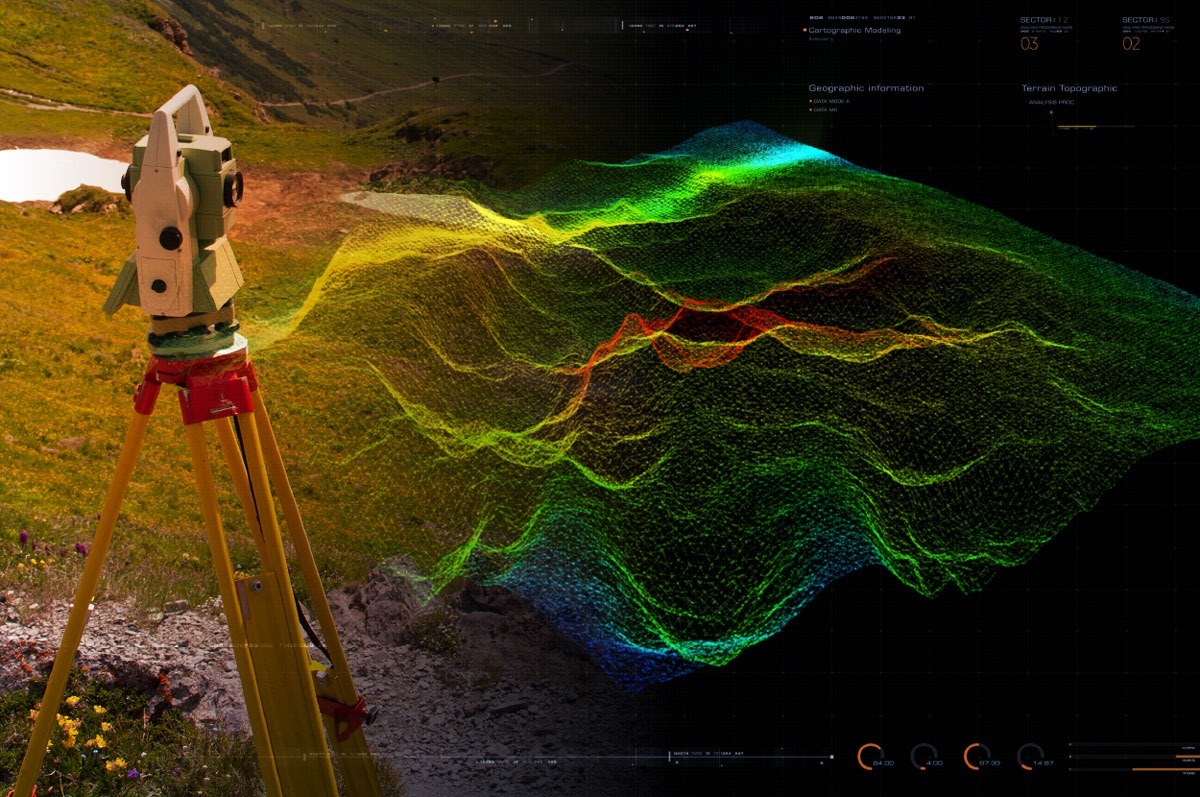Measured Building Surveying: Key Techniques for Precise Property Assessment
Measured Building Surveying: Key Techniques for Precise Property Assessment
Blog Article
Important Tools and Methods in Laying Out Design
The discipline of establishing out engineering depends greatly on a suite of crucial tools and methods that underpin the precision and performance of task implementation. What ramifications does this hold for future engineering practices?
The Importance of Accurate Dimensions

The significance of precise dimensions extends beyond plain compliance; they are important to the general efficiency of design procedures. Inaccuracies can cause worldly waste, project delays, and raised labor costs, eventually influencing the task's profits. In addition, exact dimensions enhance the quality of the last item, ensuring that it performs as planned and meets the assumptions of stakeholders - setting out engineering.
Additionally, the relevance of exact dimensions is evident in various engineering self-controls, including civil, mechanical, and electrical engineering. Each field demands a special strategy to dimension, yet the underlying need for accuracy continues to be consistent. As projects become increasingly complex, the reliance on accurate measurements will just increase, emphasizing the demand for continual advancements in measurement strategies and modern technologies. Hence, cultivating a society that focuses on precision is crucial for the future of engineering.
Important Tools for Laying Out
Laying out, a vital stage in the engineering and building and construction process, relies greatly on certain tools that make certain precise area and alignment of frameworks. Amongst these tools, the property surveyor's level stands out, giving accurate straight measurements crucial for establishing referral points. This tool makes it possible for engineers to establish elevation changes and keep uniformity throughout the task site.
The total amount terminal is an additional vital tool, integrating digital range dimension with angular measurement capacities. This innovation boosts effectiveness and precision in recording spatial data, permitting efficient site layout and planning.
In addition, making use of determining tapes and marking tools, such as chalk lines or stakes, is basic for temporarily noting boundaries and crucial points on the website. These fundamental tools, though simple, are vital for guaranteeing clear interaction amongst the construction team concerning job requirements.
Last but not least, GPS modern technology has actually obtained grip in laying out processes, offering real-time positioning information and substantially enhancing accuracy over conventional techniques. Collectively, these necessary tools develop the foundation of effective setting out practices, ultimately adding to the successful execution of engineering and building and construction jobs.
Advanced Evaluating Methods
Advanced evaluating methods play an essential duty in improving the precision and effectiveness of engineering jobs. These techniques encompass a series of techniques that supply precise data for layout and building and construction. Standard techniques, such as leveling and triangulation, have actually developed into extra advanced methods, consisting of Overall Station studies and Worldwide Navigating Satellite Solution (GNSS)
Total Terminal gadgets incorporate electronic theodolites with range measurement capabilities, permitting surveyors to collect exact place data with great rate. This innovation considerably reduces errors related to manual measurements and gives real-time information processing. GNSS provides unmatched accuracy for massive jobs by utilizing satellite signals to figure out precise positioning, which is necessary for making certain and straightening frameworks compliance with style specifications.
Along with these devices, advanced techniques likewise include geospatial evaluation and 3D modeling. These methods allow engineers to envision surface and website conditions much more properly, promoting far better decision-making throughout the preparation stage. By using these sophisticated checking methods, design jobs can attain better accuracy in layout, minimize rework, and ultimately boost general project success.
Digital Technology in Engineering
The assimilation of electronic technology has actually transformed engineering techniques, boosting both efficiency and precision throughout various disciplines. Devices such as Structure Details Modeling (BIM) help with the visualization and management of complicated tasks, permitting designers to work together flawlessly and make educated decisions. This technology makes it possible for the creation of detailed 3D versions, which can be assessed for structural integrity and performance prior to building begins.

The application of artificial knowledge and equipment knowing in design processes additionally enhances predictive upkeep and optimization of sources. In general, electronic technology is reshaping the design landscape, driving innovation, and making sure that projects are completed with higher efficiency and minimized threat.
Best Practices for Execution
When implementing digital technology in engineering, it is crucial to establish a calculated strategy that aligns with job goals and why not try here business capacities. An extensive analysis of existing operations and modern technology infrastructure is vital to determine voids and opportunities for improvement. Engaging stakeholders early while doing so promotes partnership and makes sure that the technology fulfills customer needs.

Job supervisors should adopt an iterative application method, enabling adjustments based on real-time feedback and performance analyses. This dexterous approach not only alleviates threats yet also promotes continuous improvement by incorporating lessons learned.
Conclusion
In final thought, the combination of necessary devices and progressed strategies in laying out engineering is essential for making certain accuracy in dimensions and effective job implementation. Utilizing instruments such as surveyor's degrees, complete terminals, and GPS innovation, together with modern surveying methods, boosts precision and minimizes the possibility of errors. Taking on ideal methods in execution additionally enhances these processes, ultimately cultivating improved task results in the design and building and construction industries.
The self-control internet of setting out engineering depends greatly on a collection of crucial devices and methods that underpin the accuracy and performance of job execution.Furthermore, the relevance of precise measurements is noticeable in different design self-controls, including civil, mechanical, and electric engineering. By using these sophisticated evaluating methods, engineering jobs can achieve better precision in format, decrease rework, and inevitably improve overall task success.
Overall, electronic technology is improving the engineering landscape, driving technology, and guaranteeing that tasks are completed with better effectiveness and lowered danger (setting out engineering).In conclusion, the combination of essential devices and progressed techniques in establishing out engineering is vital for guaranteeing accuracy in dimensions and successful job implementation
Report this page